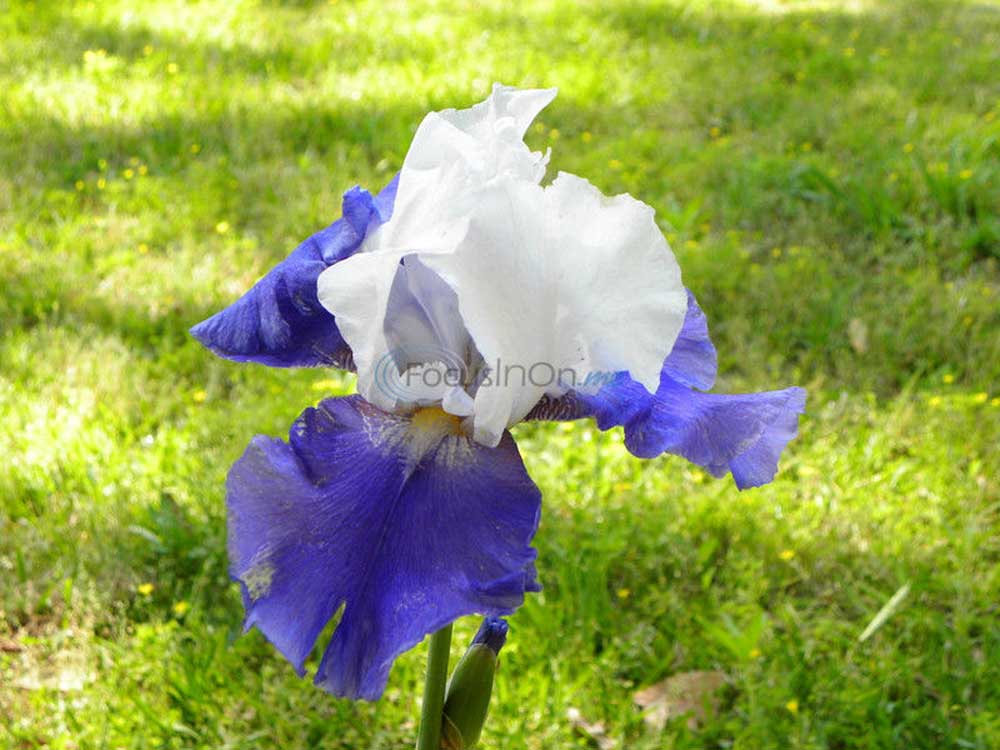Irises showed their exotic beauty with April blooms
Published 12:30 am Thursday, May 1, 2014

- Iris in bloom
April was the month when irises bloom. And bloom they do, everywhere.
Their beautiful, exotic blooms come in so many colors and bi-colors that choosing your favorite is impossible. This beauty in the photo was blooming in my garden, a present from a neighbor, and I had to share its beauty with you.
I have had many colors of blue and blue and white irises, but never one like this. I am not bothering to look up what its name is because there are so many that look so nearly alike that you can never be sure — like daylilies.
Iris rhizomes have been exchanged among friends for hundreds of years. Naturally, they sailed across the oceans with people as they left beloved homelands to come to the New World. It is these old varieties that still abound in old gardens across our country.
They give so much pleasure for so little work. I was taught to make a good bed by working up the soil and adding lots of compost and manure and clearing the bed of all weeds and grass. Dig a hole, reach in with your hand and scrunch the soil inside with your hand, making a shelf for your iris to ride upon. Spread the roots to the sides and cover them up, leaving the top to bake in the sun.
You can mulch around them, but not the tops of the rhizomes. They need to be out in the sun.
Irises need good water in fall and winter to grow good foliage and to flower. Fertilize with manure or light fertilizer in fall and again in late winter. After the blooms fade and the leaves begin to die back, around August, cut the foliage back to 2 to 3 inches and leave them alone. They do not need any water at all in summer, but people who grow them in with other perennials say they do fine with what water the other things need.
It is best to have an iris bed to itself, though, for the best and most blooms. They need to be divided every three to four years. To bloom at their best, but I have seen plantings around old homesteads that have never been divided and bloom fine. I think the old kinds do that but the new hybrids must be divided often to keep blooming.
Dee Bishop is a Smith County Master Gardener. She writes about plants growing within the Tyler Rose Garden.






